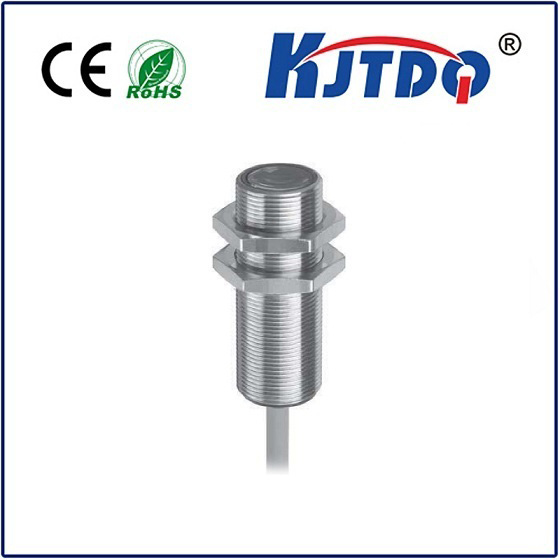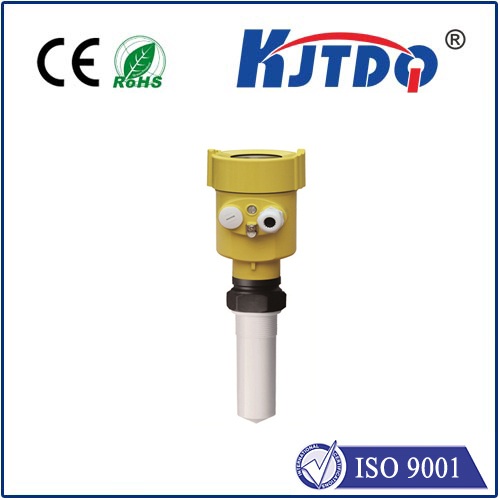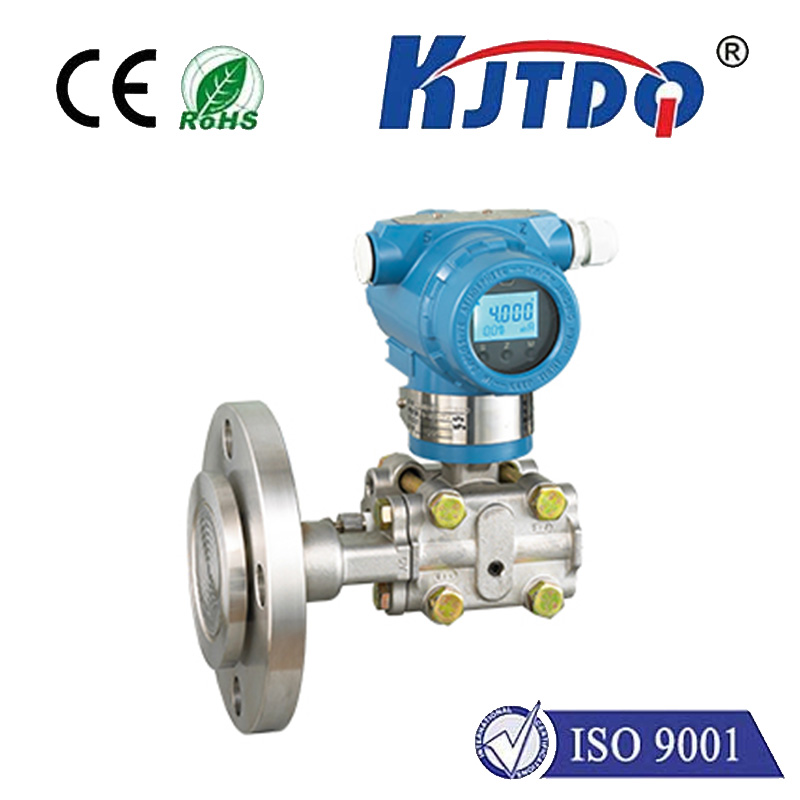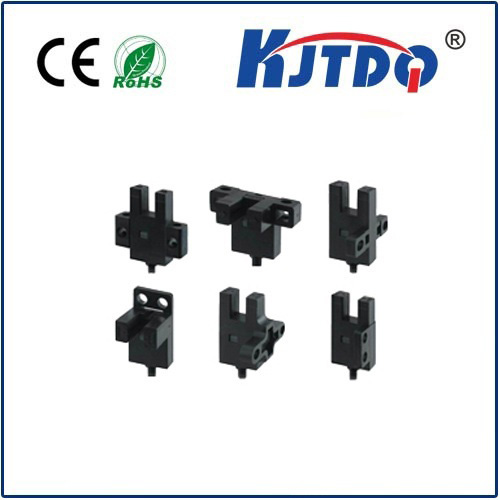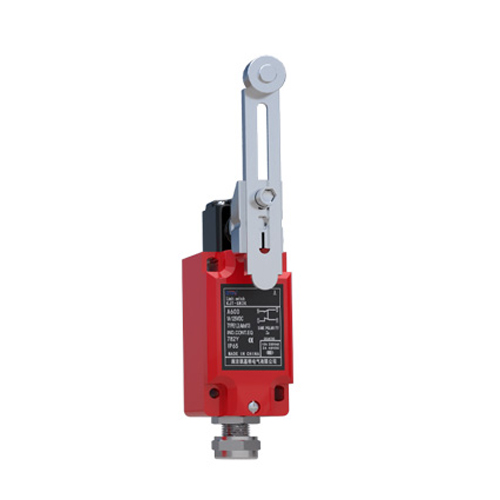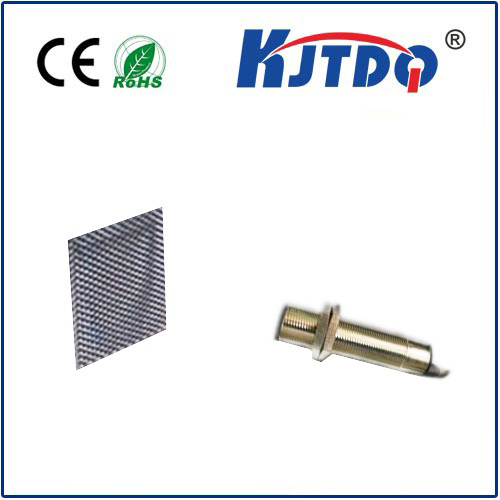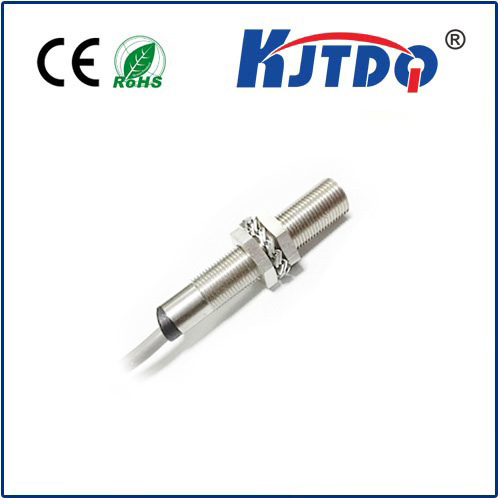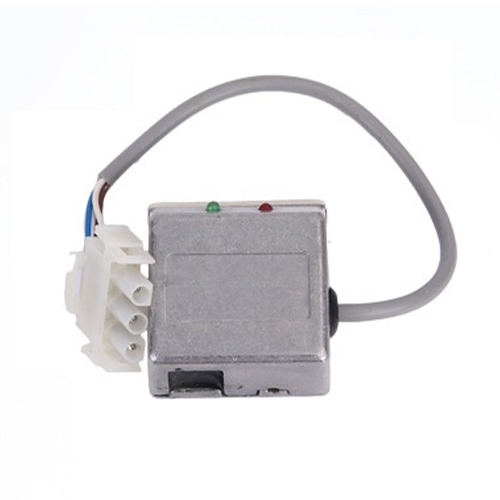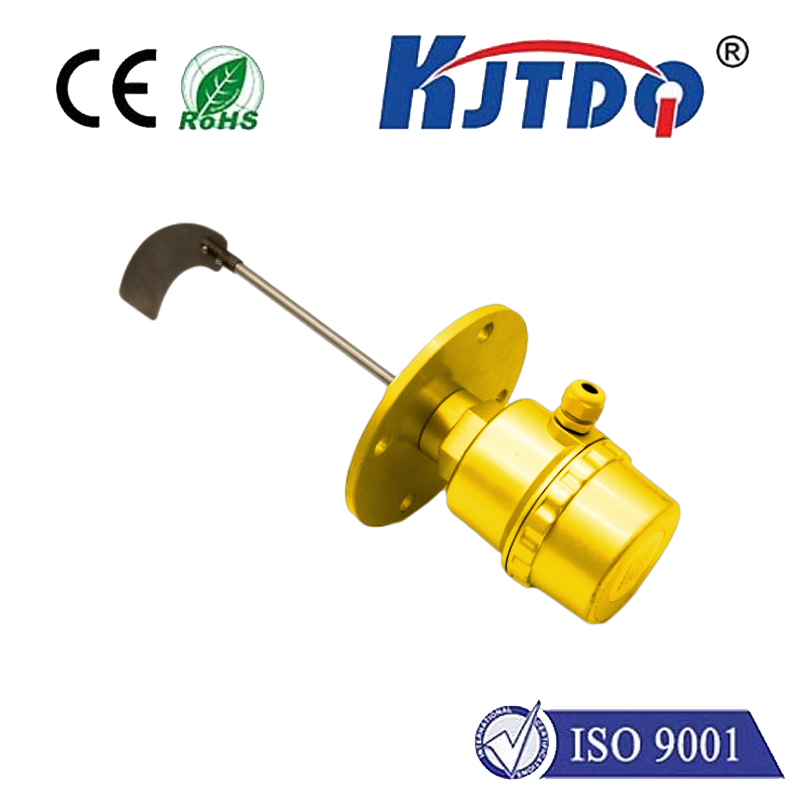

check

check

check

check

check

check

check

check

check

check
Enclosed Limit Switches: The Ultimate Guide to Precision and Reliability
An enclosed limit switch, a type of electric switch used in a variety of applications, is designed to detect the presence or absence of an object. These limit switches play a crucial role in ensuring precision and reliability, making them essential components in various industries ranging from manufacturing to automation.
The Basics of Enclosed Limit Switches
An enclosed limit switch is characterized by its small contact interval, quick-action mechanism, and specified actuation force. Available in various forms such as miniature, low-profile, environmentally resistant, 2-circuit, and 4-circuit models, these switches offer flexibility for diverse applications. Though resembling micro switches in appearance, enclosed limit switches boast enhanced durability and strength, capable of detecting changes at a micrometer level. This sensitivity is crucial for processes requiring precise control and monitoring.
Application Scenarios
Enclosed limit switches are widely used in machinery where accuracy is paramount. They are often found in automated production lines, robotic arms, and material handling systems, where they ensure that operations stop or start at precise positions. Their compact size allows them to be integrated into tight spaces without compromising performance, making them ideal for sophisticated equipment designs.

Reliability and Environmental Resistance
A notable attribute of enclosed limit switches is their high reliability. Built with quality materials and designed for minimal wear and tear, these switches guarantee long-term stability under heavy operation cycles. Furthermore, many types come in environmentally resistant variants that can operate effectively in harsh conditions such as extreme temperatures, dust, humidity, or even chemical exposure.
Ease of Installation and Maintenance
One of the significant advantages of enclosed limit switches is their ease of installation and maintenance. Designed with the end-user in mind, they feature simple interfaces that allow for straightforward integration into existing systems. Ongoing maintenance requirements are minimal, reducing downtime and operational costs for businesses.
Choosing the Right Model
Selecting the appropriate enclosed limit switch depends on the specific application requirements. Factors such as the switch's actuation force, contact interval, circuitry needs, and environmental resistance should be carefully considered. Consulting with professionals and manufacturers can provide guidance on choosing the best model for your system's unique demands.
Customization and Compatibility
Many suppliers of enclosed limit switches offer customization services to meet exact specifications. Additionally, these switches often come with compatibility options, enabling seamless integration with other components within a system. This adaptability not only enhances the efficiency of a system but also provides room for future upgrades or modifications.
The Future of Enclosed Limit Switches
As technology continues to evolve, so does the design and functionality of enclosed limit switches. Innovations such as smart sensor integration and IoT capabilities are paving the way for more intelligent and connected systems. By staying informed about advancements in this field, businesses can leverage these switches to optimize their operations further.
In conclusion, enclosed limit switches stand out for their precision, reliability, and versatility. Whether you are involved in manufacturing, automation, or any field requiring precise control, understanding the features and benefits of these switches can help enhance system performance and efficiency. As technologies progress, the role of enclosed limit switches will undoubtedly become even more critical in advancing industrial applications towards higher levels of precision and productivity.
